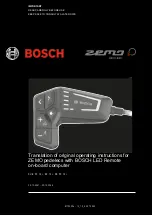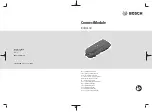
19
for further information consult our website
www.raleigh.co.uk •
for video support & download
To adjust the saddle angle or the
fore-and aft position, undo the bolt
under the saddle a couple of turns and
move the saddle to its’ new position,
holding the clip together with the
other hand. Tighten the bolt and test
the new position.
To adjust the saddle fore-and-aft, undo
one of the large nuts about two turns,
then tap the saddle backwards or
forwards with your hand. If you want to
alter the angle, undo both nuts at least
two turns and click the saddle into the
new position.
Shock post
Clip type saddle
Fore and aft adjustment
RiDing Position
Adjust the height of the saddle so that when cycling along, your leg will be slightly
bent with the pedal at its lowest point. If the first time you use this riding position
you feel that the muscles in the back of your leg are too stretched, lower the
saddle a few millimetres at a time until you feel comfortable.
Check that with the saddle in this position you can place the ball of your foot
comfortably on the ground while sitting on the bicycle.
This applies to most normal cycle use. Riders using Jump, Trials & other specialist
bikes will have their own preferences.
When using a shock post, set saddle height a little above normal, then check how far
it sinks with your full weight on it. If it drops more or less than half an inch, adjust the
pre-loading to make sure you get the full comfort benefits.
To adjust the pre-loading, undo the clamp bolt and pull the shock post right out of
the frame. If you want the saddle to sag more, turn the adjuster two turns clockwise.
If you want it to sink less, try two turns anti-clockwise.
















































